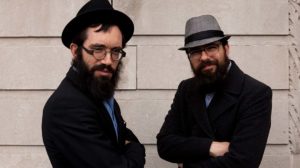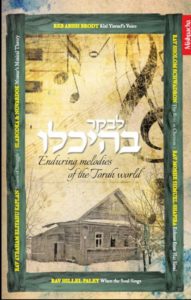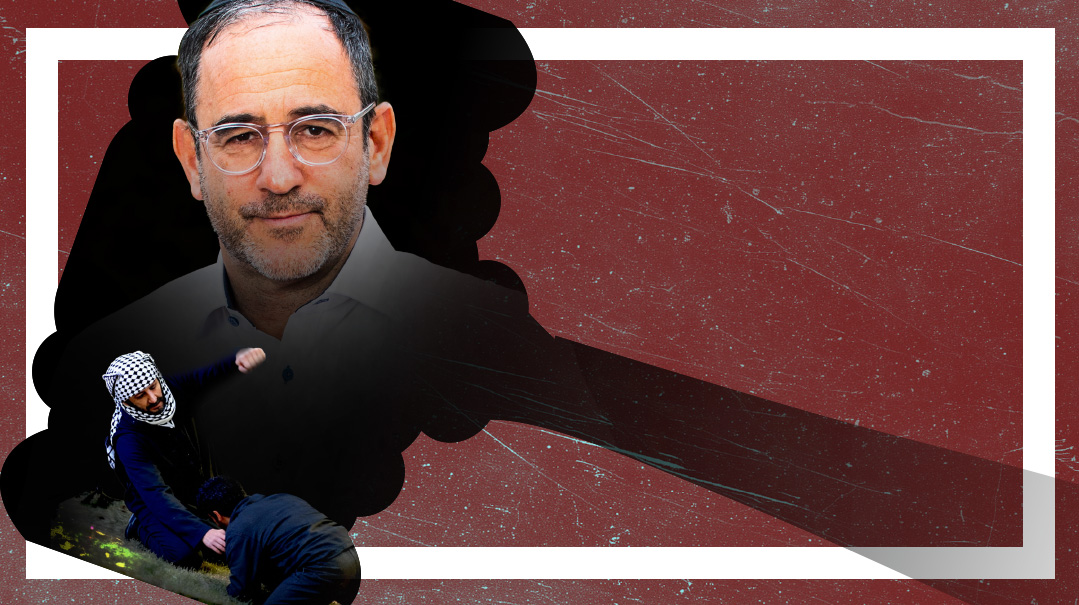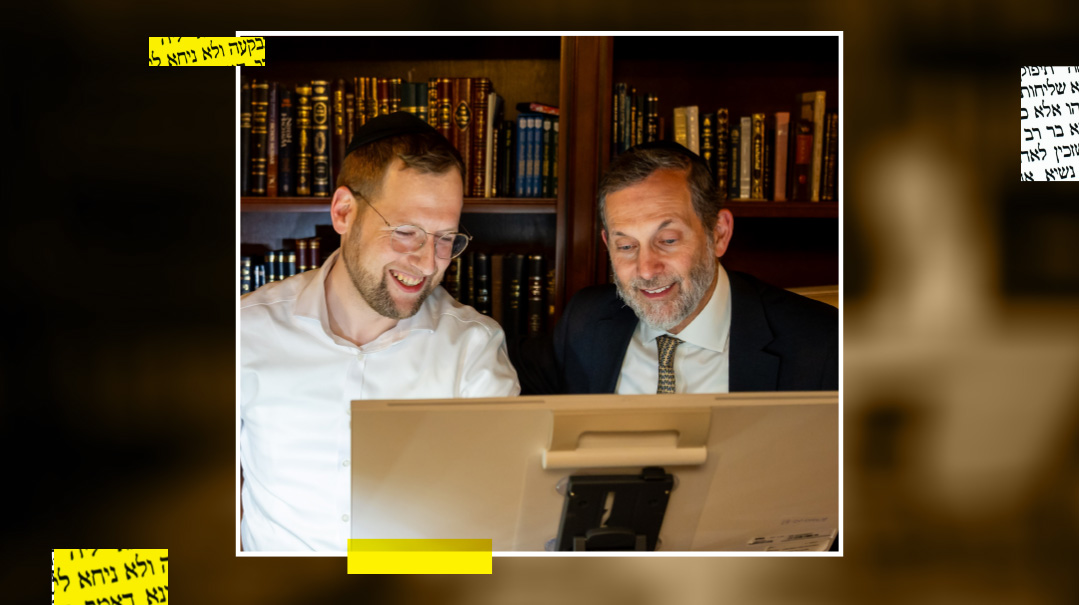Meeting of Hearts and Minds
| July 22, 2020To heal the pain of estrangement between chareidi baalei teshuvah and the family members they left behind, could two Breslovers reunite estranged families on a reality show?
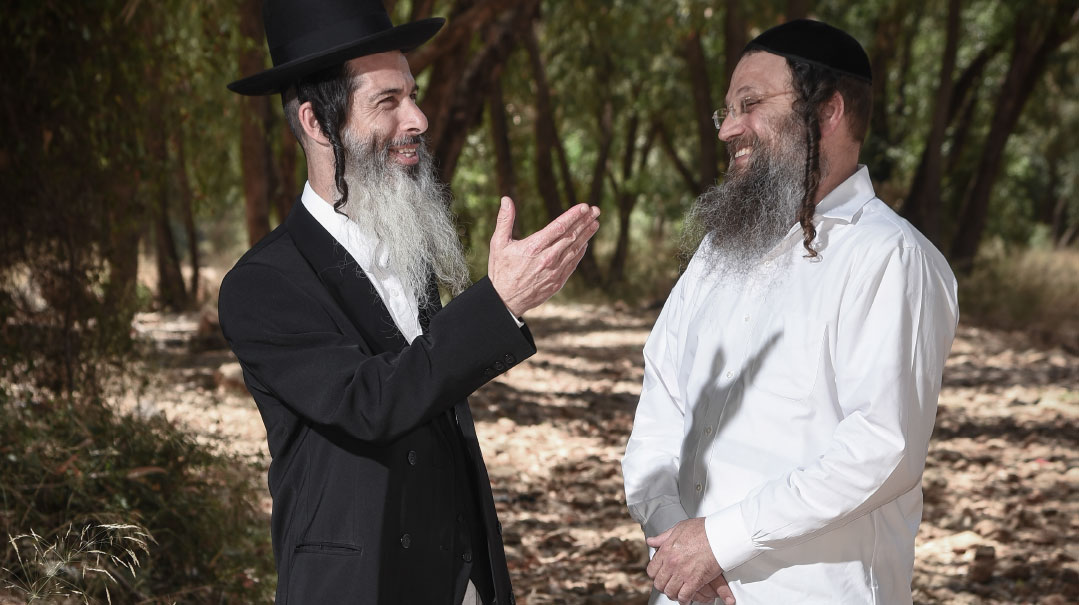
Photos: Ezra Trabelsi, Film files
W
hile people talk about the hopeless rift between the chareidi and secular segments of Israeli society, a pair of veteran film directors have proven — during the course of a gripping real-time documentary — that transformations can occur, that deep scars can be healed, that hearts thought locked and bolted can indeed open and embrace.
Two years ago, directors Uri Groder and Ohad Gal-Oz — both longtime Breslov baalei teshuvah — got together to create what would become known as the riveting documentary Od Nipagesh (We Will Yet Meet Again.) It’s built around a common Israeli reality: the bleeding wound between baalei teshuvah who’ve moved into a new world, and their families who remain in their old lives, often feeling resentful and betrayed. And as integrated as the baal teshuvah has become into mainstream chareidi life, we don’t always realize what he’s left behind. Close family — a father, mother, siblings, and sometimes children — who don’t understand what happened to him.
The idea was to search for real stories — secular siblings, parents, or children, who despite all the pain of estrangement, desired to reconnect before it would be too late. And they succeeded, they say, because as documentary producers, they’ve learned to keep themselves out of the picture. “In this genre,” says Groder, a veteran cameraman and director who founded a religious film institute, “the key is to be quiet, to remain unseen, like the proverbial fly on the wall. Our job is to make everyone else forget that they’re being filmed, to act totally naturally, as if no one were watching.”
Today, with cameras so small you sometimes have to squint to see them, it’s gotten easier for a cameraman to remain unobtrusive. But there was a risk as well for this untested social experiment. The entire project could have exploded — midway through, participants could have simply decided the pain and risk of vulnerability was too great.
Groder and Gal-Oz selected five complex, painful stories — five Israelis whose connection with someone very close to their heart was cut off because of his path to teshuvah and the resentments and hurt that accrued in its wake. The filmmakers then offered to reintroduce them to their estranged relative — on film.
But before that dramatic moment, the secular relatives had to go through an innovative and fascinating connective process. Each was sent to live for ten days in a religious neighborhood in Jerusalem, imbibing the atmosphere and learning the mores of religious life. The process would be accompanied by a “shaliach,” a chaperone of sorts, who would eventually facilitate the meeting they’d been dreaming of for so long. The shlichim were carefully chosen — each was a well-known kiruv personality in his/her own right, with a personal teshuvah story that would help the relative understand the complexities of the journey from both sides.
But here was the first catch: In order to preclude needless arguments, each one of the participants committed to remain silent for the first 36 hours of the encounter with his shaliach, no matter how provoked, shocked, or angry they were by this first up-close exposure to chareidi life. They could talk to just one person: themselves. In a sense, each of the five participants became his own documentary analyst for a day and a half, using the tiny cameras they were given to record their own feelings — often hostile, angry, trapped, and confused — during this initial, strange period.
Each of the men accompanied his shaliach like a shadow, standing near him during tefillos, listening to his learning, observing his acts of chesed; for the women, it meant watching how their religious counterparts manage their large households with little space, seeing how they dress, how they interact with their family members, and tagging along to the shiurim they give. Obviously, the relative often felt like he wanted to scream. But he had pledged silence.
For their part, the shlichim didn’t make life easy for their shadows. The men were forced to sit through shiurim listening to texts that must have sounded pretty horrifying. One of the secular participants, for example, looked like smoke was about to come out of his ears as he sat for an hour listening to a shiur about the intricacies of death by stoning for a Shabbos desecrator. Another relative, an engineer at Intel, had to sit through a Chumash lesson in a Yerushalmi cheder where his shaliach was teaching his students about the Six Days of Creation as actual fact — anathema to this man’s entire worldview.
“At that point,” recalls Groner, “we were actually a bit worried. We were taking a risk, and everything could implode. These were untested waters, and at any moment someone was liable to lose their patience and sabotage the whole project. So in a way, we were playing with fire. One small stumble, and instead of a kiddush Hashem, you create the opposite. You have no idea how it will evolve. The risk is tremendous. But we had tremendous siyata d’Shmaya, and yes, we davened and cried and did hisbodedus at every stage,” he says with unabashed Breslov conviction. “That’s how we work.”
Oops! We could not locate your form.

